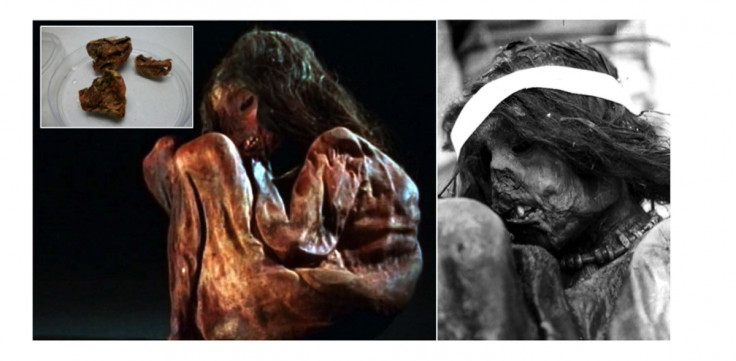DNA of Incan child ritually sacrificed 500 years ago sequenced revealing mystery heritage

The ancestral heritage of an incredibly well preserved Inca child mummy has been successfully identified by scientists from the Universidade de Santiago de Compostela in Spain. The mummified infant was discovered in 1985, frozen at the south-western edge of the Aconcagua Mountain at the base of the Piramide Mountain in the Argentine province of Mendoza.
Scientific studies on the child showed he was a seven-year-old boy who was sacrificed by his fellow Inca people in a ritual known as "capacocha" half a millennia ago. Capacocha was carried out during or after important events. Children aged between four and 15 were selected as sacrifices and were given rich diets and decked in fine clothes and jewellery. They were normally taken to mountain tops to be sacrificed, where they were strangled, suffocated, hit over the head or left in the cold to die of exposure.
After successfully extracting and sequencing the mitochondrial DNA genome from the lung of the mummy, Antonio Salas and co compared it to a worldwide database of around 28,000 mitogenomes. They discovered it shares a common ancestor with a haplogroup known as C1bi that had remained unidentified until now, according to findings published in Scientific Reports.
Further research led the scientists to the discovery that members of that C1bi haplogroup live in Bolivia and Peru today. They believe the mummy's ancestors came to existence around 14,300 years ago in Peru. A press release added: "They also identified an individual from the ancient Wari Empire who belonged to this group."
© Copyright IBTimes 2025. All rights reserved.






















